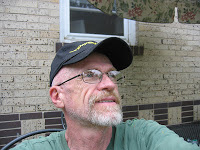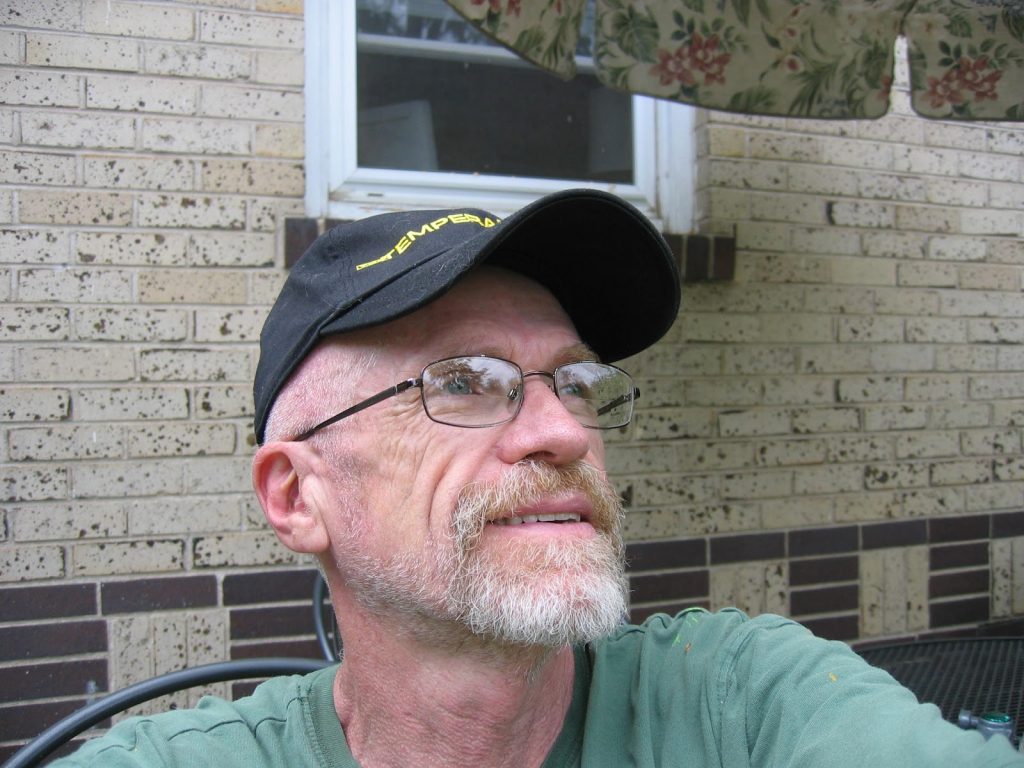It has now been nearly 37 years since the second national Radical Fairie Gathering here in Colorado in the late summer of 1980. That event was the brainchild of Don Kilhefner, Harry Hay, John Burnside, and Mitch Walker with logistical help from an energetic collective of gay fairies here in Denver.
There are many parts of that event that have stuck with me for these several decades but one in particular comes to mind from time to time. This recollection involves a workshop led by Harry Hay that I did not attend but that I got a first hand report on from James Broughton, the eclectic poet and film maker. I may have been too caught up in dealing with the endless stream of issues that arose before and throughout the gathering to get to this particular workshop. Pressing issues like why was only vegetarian food available and the decision to not have heated water for the showers, something of a logistical challenge but dismissed finally as too bourgeois.
Harry was always all about trying to get us to answer the question “who are we”. According to the workshop report I received from James, Harry had declared that afternoon that we were all Shamans. This seemed fitting I supposed at the time since the confab was called A Spiritual Gathering for Radical Fairies. There are many complex layers to being a Shaman but the one I relate to most is that of “healer”. I do think it is a very worthwhile endeavor on our part to explore the many traditional and contemporary roles we queers are so often disproportionally drawn to.
These often-queer related roles were explored in some detail in Christian de la Huerta’s wonderful 1999 book, Coming Out Spiritually. He delineated the following roles we are often drawn to:
· Catalytic Transformers: A taste for revolution
· Outsiders mirroring society
· Consciousness scouts: Going first and taking Risks
· Scared Clowns and eternal youth: A Gay Young Spirit
· Keepers of beauty: Reaching for the Sacred
· Caregivers: Taking for Each Other
· Mediators: The In-between people
· Shamans and Priests: Sacred functionaries
· The Divine Androgyne: An evolutionary role?
· Gatekeepers; Guardians of the Gates
So in the spirit of this week’s topic of “maps” I would like to add one more role that if I contort my logic enough could be one that underpins all of those listed above and that would be cartographer.
A cartographer of course is a mapmaker. Maps are used to find one’s way from here to there. The larger society certainly has not historically, and is only now just beginning, to provide us with any positive space to get in touch with “whom we are”. I would dare to say that of the roles identified by de la Huerta all are initially engaged in as attempts to map our way. Forms of self-expression that often blossom into roles of great benefit to ourselves and society as a whole.
How do we find our way out from under the suffocating heterosexual cocoon we are born into? I would say it is by being the very creative cartographers we have learned to be. The maps are many and varied some written down but many come in the rich forms of oral history we have developed. What is this SAGE story telling group really but a form of mapmaking and sharing?
All of our maps provide guidance in answering those initial Mattachine questions of “who are we, where did we come from and what are we for”. In whatever forms our maps really are, at their most base level, they are the means for ‘pointing the way’. They are not forms of recruitment but rather loving crumbs left along the path to queer enlightenment by those who have come before, back to our earliest human ancestors. Our job as queer cartographers of course leads to these roles that have great altruistic benefit to the whole dance that is sentient life on earth.
© March 2017
About the Author
I was born in La Porte, Indiana in 1949, raised on a farm and schooled by Holy Cross nuns. The bulk of my adult life, some 40 plus years, was spent in Denver, Colorado as a nurse, gardener and gay/AIDS activist. I have currently returned to Denver after an extended sabbatical in San Francisco, California.

